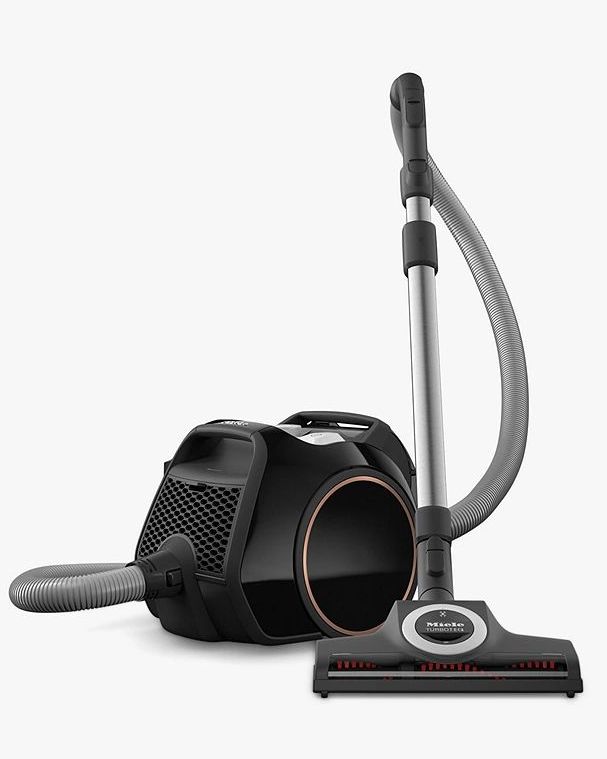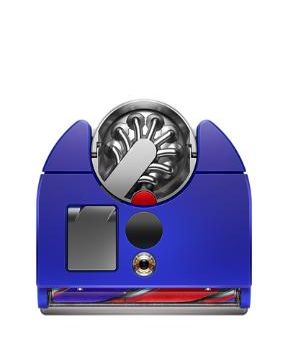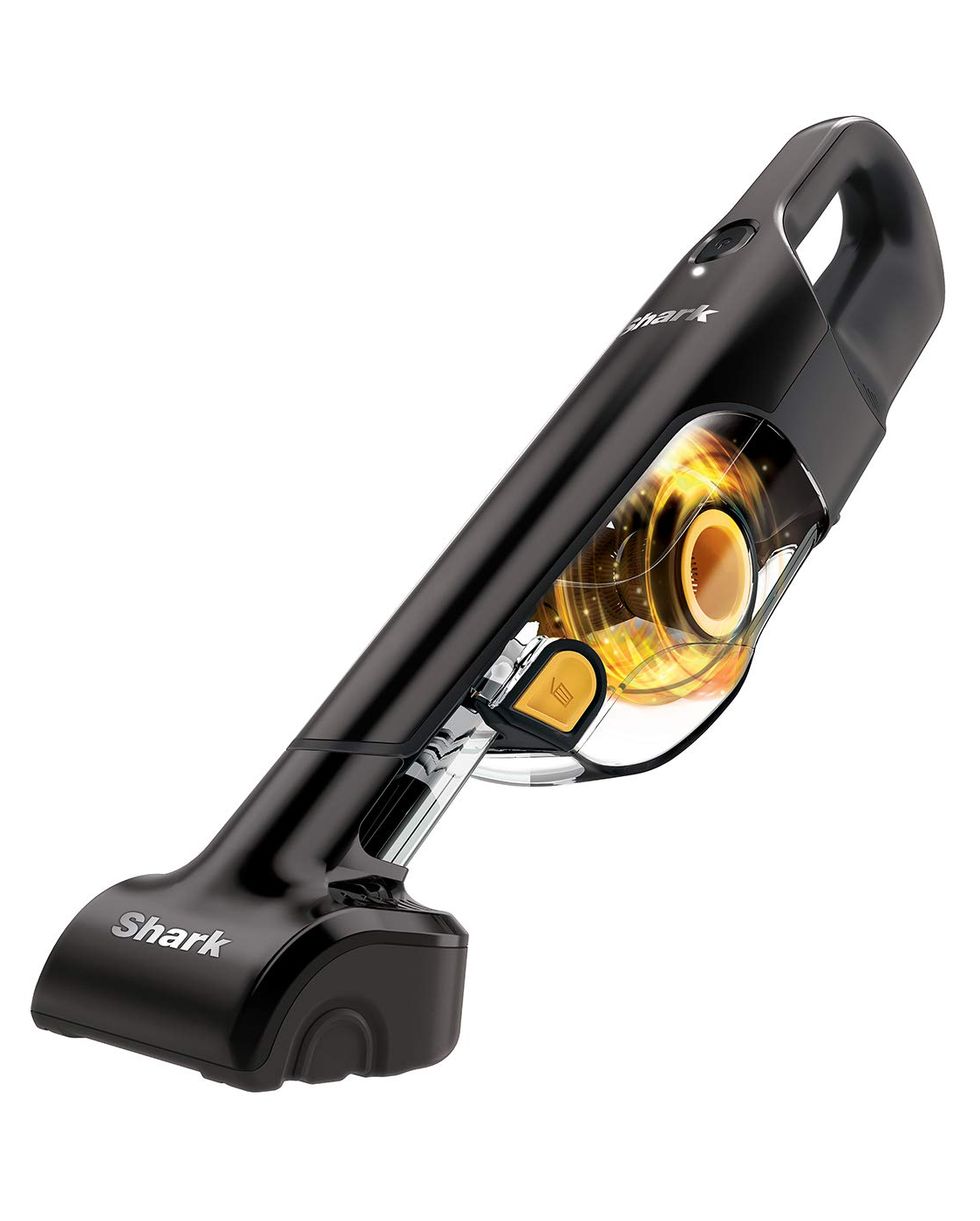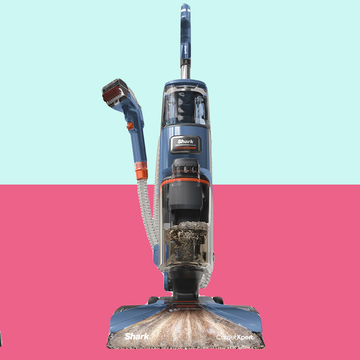Pests are surging this October. If giant rats weren’t enough, something else is looking to hibernate in your home: cluster flies. You might ask: what’s so bad about some flies?
If the name didn’t give it away, you know there’s likely to be more than a few – in fact, in large numbers, a cluster fly infestation can turn into the stuff of nightmares, particularly if they’re in the walls…
While cluster flies don’t carry disease, in large numbers they can leave obvious trails of excrement on the floors and walls, create a musty smell, and, as they die, leave a litter of bodies to clean up after. To help stay on top of this threat, we’ve spoken to the experts on the best ways to deal with a cluster fly infestation and how to prevent one in the future.
What to read next
How are cluster flies different to houseflies?
Not sure if you’ve got cluster flies or houseflies? To start with, cluster flies are bigger than the latter, measuring up to 10mm in length. They’ve got grey-black bodies with distinctive yellow hairs on the back. Like mosquitoes, they’re generally slow flyers too, lacking speed and stamina.
But, the biggest indication would be the number of flies in your home. Cluster flies tend to be found in clusters, and that’s the reason they can become a nuisance and leave a significant mess behind.
Why are cluster flies suddenly in my home?
Cluster flies are in our homes at this time of year simply because they’re looking to hibernate over the winter months.
According to Luke Tilley, entomologist and Fellow of the Royal Entomological Society: ‘In autumn, they seek out warm, dry spaces to hibernate, often squeezing into lofts, wall cavities and around window frames. This behaviour is triggered by falling temperatures and shorter daylight hours.’
British Pest Control Association professional development officer John Horsley agrees: ‘During the cooler months, cluster flies will hibernate over winter in a space that is protected from predators and offer a stable environment. They will cluster together in a large group and commonly return to the same place each year.’
As heat rises, that makes attics and roof spaces a hotspot (pun intended), but they can insulate themselves within your walls too. The good news is cluster flies will generally leave when things warm up outside but, as Horsely points out, they will often return to the same spot when things cool down again.
How to get rid of cluster flies
1. Seal off entrances
Cluster flies are entering your home just like any other fly; through open windows and doors or via gaps and cracks in your walls. So a good place to start is by sealing off potential entrances with caulk or expanding foam. Focus around your windows as well as where utility lines and pipes enter the home.
If cluster flies are a regular problem, it might be worth getting some fly screens installed in your windows to keep them out when you need to ventilate your home.
Horsley continues: ‘It’s important that any proofing to stop cluster flies does not block air bricks or vents. Cluster flies deposit eggs into soil and the larvae parasitise earth worms before turning into an adult. This makes it almost impossible to control cluster flies earlier in the life cycle.’
2. Swat and vacuum
To deal with immediate cluster flies without the use of chemicals, your easiest method would be to manually swat (or use an electric swatter) and vacuum the flies. There are alternatively plant-based sprays you can use. For any flies you can’t see, you can also set out glue traps to catch them as they pass.
technical academy head at Rentokil Pest Control Paul Blackhurst agrees that vacuuming is an effective deterrent: ‘Regularly vacuum your home, paying special attention to attics, lofts and areas where dead insects might accumulate not only removes the flies but also helps prevent other creatures, like larder beetles or spiders that could be attracted to the dead flies.
‘In cases of severe infestations, consider using residual insecticides or knockdown sprays. These can be applied in attics, wall voids and other areas where cluster flies are likely to congregate. If insecticides are to be applied, then please be aware that all bats, their breeding sites and resting places are protected under UK law. If there is any chance that bats could be present, then it’s best to seek professional advice before applying them.’
While some sites recommend laying out citronella to deter cluster flies, this is unlikely to make a difference according to our experts. Tilley continues: ‘There is limited scientific evidence that scents like citronella or lavender reliably deter cluster flies. While some essential oils may discourage insects in general, they are unlikely to be effective on their own against a determined cluster fly searching for a winter refuge.’
3. Monitor your attic and upper spaces
Keep an eye out for rogue cluster flies and swat them as you spot them. Remember to pay special attention to areas they’re likely to frequent including the attic and windows. Look at the floors for dead flies and signs of faeces too. If you need to remove faeces from the floors, vacuum first then use a dedicated floor cleaner which disinfects, such as Dettol Surface Cleaner, checking it’s suitable for the floor before use.
If you’ve used glue traps in high traffic areas, these can also help to indicate when numbers are dropping.
4. Keep your home clean
While a messy home usually attracts pests from far and wide, this makes little difference to cluster flies. According to Tilley: “Interestingly, cluster flies do not feed or breed inside our homes. Outdoors, their larvae live in the soil and feed on earthworms, while adults feed on nectar and other plant fluids. When they come indoors for winter, they become dormant and are not looking for food.” So your warmth is what’s bringing them in, they’re not interested in your bins.
Having said that, keeping a clean home and particularly a decluttered attic can help to spot any dead flies which have fallen to the floor. It also makes it harder to hide for a rogue cluster fly. And keeping your bins empty and clean will keep regular flies at bay too, so a clean home is still in your best interest.
5. Call in a professional
Finally, if cluster flies keep coming back and all else fails, it’s worth calling in a professional to help. The BPCA can help you to find local vetted exterminators, such as Rentokil Pest Control.






















